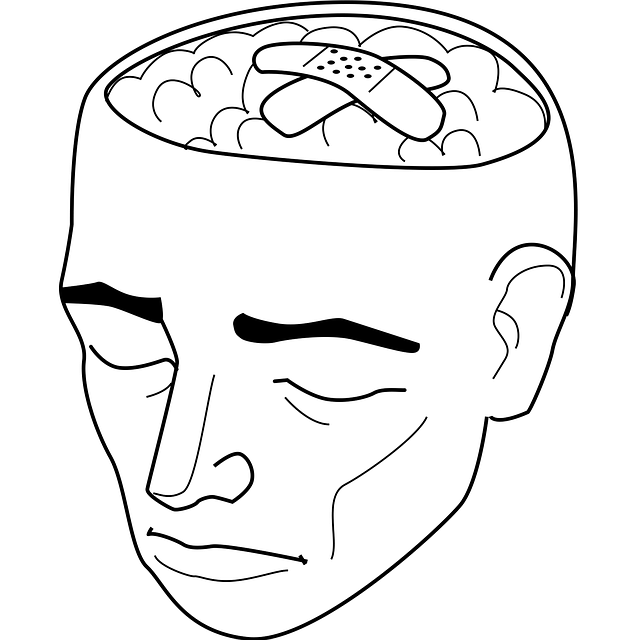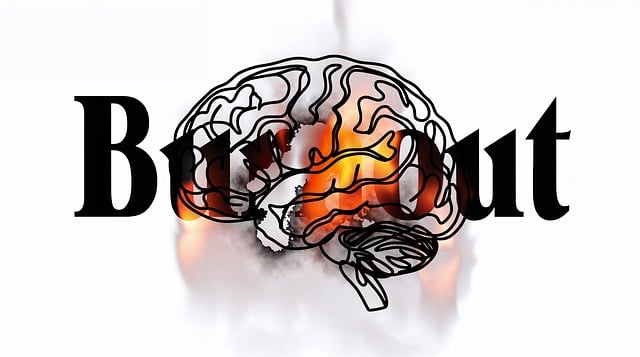Risk assessment and harm minimization planning are foundational practices for therapists-clinicians aiming at superior therapy. By systematically evaluating physical, psychological, and emotional risks, healthcare providers can create safe, culturally sensitive environments that foster positive transformations. Integrating these methods with tailored coping skill development, mindfulness meditation, and holistic stress reduction strategies empowers clients to manage current challenges and future stressors effectively. Sharing knowledge through platforms like the Mental Wellness Podcast Series further advances best practices in superior therapy for both practitioners and their clients.
In the pursuit of superior therapy practices, understanding risk assessment and harm minimization planning is paramount for therapists-clinicians. This article serves as a comprehensive guide, breaking down essential concepts into digestible sections. First, we explore ‘Understanding Risk Assessment’ as a cornerstone for safe therapy. Next, we delve into ‘Harm Minimization Planning’ to navigate complex cases effectively. Finally, we discuss the symbiotic relationship between these two elements in enhancing client outcomes through integrated practices.
- Understanding Risk Assessment: A Foundation for Safe Therapy Practices
- Harm Minimization Planning: Strategies for Clinicians to Navigate Complex Cases
- Integrating Risk Assessment and Harm Minimization: Enhancing Client Outcomes in Therapy
Understanding Risk Assessment: A Foundation for Safe Therapy Practices

Risk assessment is a fundamental aspect of superior therapy practices for therapists and clinicians. It involves meticulously evaluating potential hazards and their likelihood in therapeutic settings, ensuring client safety and well-being. By adopting a structured approach to risk assessment, healthcare providers can identify risks that may arise during sessions, be it physical, psychological, or emotional. This process empowers therapists to implement effective harm minimization strategies tailored to each individual’s unique needs.
A robust understanding of risk assessment allows for confidence-boosting measures in clinical practices. Therapists can anticipate and mitigate potential harms, creating a safer environment for clients. Moreover, integrating cultural competency training into this framework enables healthcare providers to adapt their approaches to diverse client backgrounds, ensuring inclusive and effective therapy. By combining thorough risk assessments with culturally sensitive practices, superior therapy outcomes are achieved, fostering positive transformations in clients’ lives while mitigating risks.
Harm Minimization Planning: Strategies for Clinicians to Navigate Complex Cases

Harm Minimization Planning is a vital strategy for clinicians to navigate complex cases effectively. It involves a structured approach to assess and mitigate risks associated with vulnerable clients, focusing on proactive measures rather than reactive responses. By integrating this method into their practice, therapists and clinicians can ensure they provide superior therapy that prioritizes both client safety and well-being. This planning process demands a comprehensive evaluation of potential hazards, including psychological, social, and environmental factors.
In implementing harm minimization strategies, mental health professionals design tailored programs that foster inner strength development and stress reduction methods. These initiatives are particularly beneficial in addressing the complex needs of individuals who may be at risk of self-harm or experiencing severe mental health crises. Through such approaches, clinicians contribute to a holistic improvement in clients’ lives, empowering them with coping mechanisms and promoting positive mental health education programs.
Integrating Risk Assessment and Harm Minimization: Enhancing Client Outcomes in Therapy

Integrating risk assessment and harm minimization planning is a cornerstone of superior therapy practices for therapists-clinicians. By meticulously evaluating potential risks and implementing proactive strategies, therapists can create a more robust safety net for their clients, fostering a therapeutic environment that enhances mental wellness. This holistic approach goes beyond addressing symptoms; it focuses on identifying and mitigating triggers, providing coping skills development, and incorporating mindfulness meditation techniques into the therapy process.
Such integration allows therapists to offer tailored interventions that address not just the client’s current challenges but also equip them with lasting tools for managing future stressors. As part of their Mental Wellness Podcast Series Production, therapists-clinicians can share insights on effective risk assessment methods and successful harm minimization planning, further advancing the field and benefiting both practitioners and clients alike.
Superior therapy practices demand a robust understanding of risk assessment and harm minimization planning. By integrating these strategies, therapists and clinicians can enhance client outcomes, navigate complex cases effectively, and ensure safe, evidence-based therapy. This holistic approach not only protects clients but also empowers professionals to provide the best possible care in today’s diverse therapeutic landscape.










